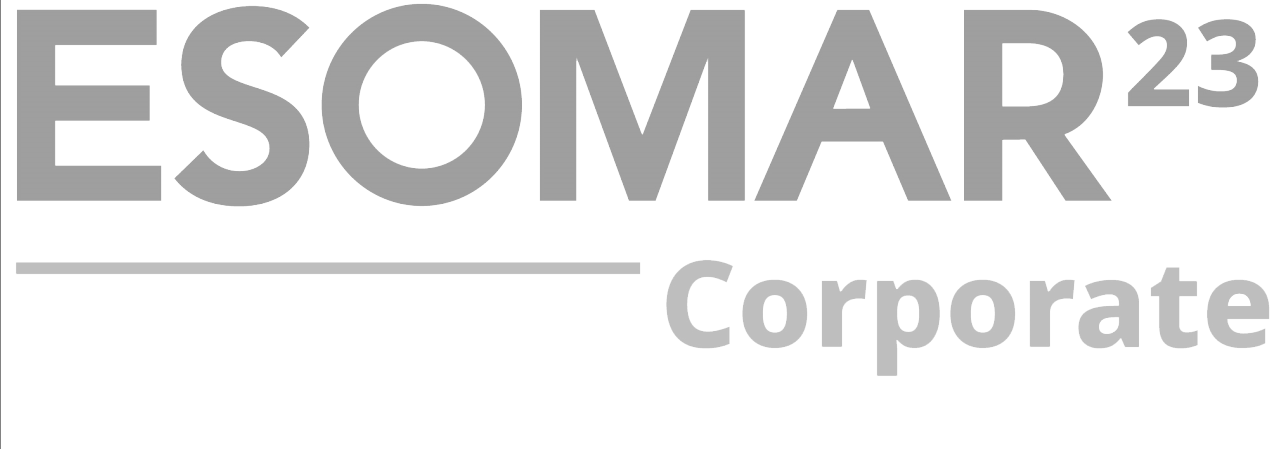How to get real-time insights into a market to find business opportunities?
Launching a product or service into a market without fully understanding your market is like throwing darts in the darkness hoping that you may hit the bull's-eye or near about, by chance.

What does understanding your market mean?
There are two aspects to understanding your market: your customers and your competitors.
Do you need to research your market each time you are about to launch a product or service? It depends on your market. For example, market response to a product in the UK may be totally different from the response that it gets in the Middle East. You may have to alter your strategy and your product design according to the preference of your market.
Remember that your market is organic. It is always evolving and morphing. It constitutes of people and people’s tastes and preferences are constantly changing. Something they were crazy about a couple of years ago may not interest them anymore, for example, many mobile phone features.
Knowing your market may involve
- Geographic segmentation based on where your prospective customers live.
- Demographic segmentation based on their gender, race, culture, education and age.
- Psychographic segmentation based on their personality, attitudes, interests and lifestyle tastes.
- Knowing how much money they are ready to spend on your product or service.
- Knowing what related products they are already using.
… and many more traits that can help you identify how they may respond to your product or service.
Aside from this, an understanding of your market also means knowing what type of competition you are going to face. Based on your understanding, you can make changes to your product or your marketing strategy.
Steps to understanding your market
Desk research or secondary research
In this type of market research, the research team or the designated researcher gathers information and data from previous research findings. This data is derived from primary research sources such as existing reports, papers and findings. These days, desk research is mostly conducted through the Internet by accessing and going through verified resources.
This research gives you an overall picture of the market, for example, what products are currently being used in your niche, who are your competitors, what expectations people have, what features are missing, and are in great demand, and so on.
Gathering information from experts
Although, established players (your competitors) in your market may be deemed as experts, and may not share information with you, there are many independent operators who will be able to share expert knowledge with you, such as suppliers, distributors, subject matter experts and non-brand-loyal enthusiasts. They constantly have their finger on the correct pulse of the market. The interaction that you have with industry experts and customers are your primary data source. Fieldwork is required. Researchers will need to conduct interviews with the chosen respondents to gain knowledge from the experience and exposure.
Directly reaching out to your target market
This is another form of primary research in which your researchers directly approach your potential buyers and obtain their feedback. Ideally, interaction with consumers and customers should be preceded by desk research and information gathering from experts. This is because by now, you will have a clear idea of what to expect and what type of questions should be asked.
It is a lengthy process compared to other modes of understanding your market, but it gives you a clear idea of your market size.
Different research methods can be used for directly obtaining information from your prospective consumers and customers including in-house interviews, in-store interviews, exit interviews, street interviews, online surveys, telephone surveys, focus groups and other means.
Find out how our market research can help your business grow
Compiling and processing the data
Data doesn’t help you much in itself. Raw data needs to be compiled, arranged and processed in such a manner that it gives you the insights and the intelligence that you require to get a strong foothold in your market.
Data must be collated and saved in a format that enables you to organise it, reorganise it and filter it without losing integrity.
Software-powered and manual analysis can be done to detect patterns, test hypothesis, describe facts and develop explanations. This may also include data modelling, statistical analysis, quality assurance and interpretation.
Initially, the need to understand your market may seem daunting and in the short run, it may also seem like a waste of time. But rarely a serious business launches a product or a service without properly understanding the dynamics of the market. With research-based insights, you can offer products and services that are actually needed by your target customers and clients rather than first launching them and then hoping that they will be well received.










